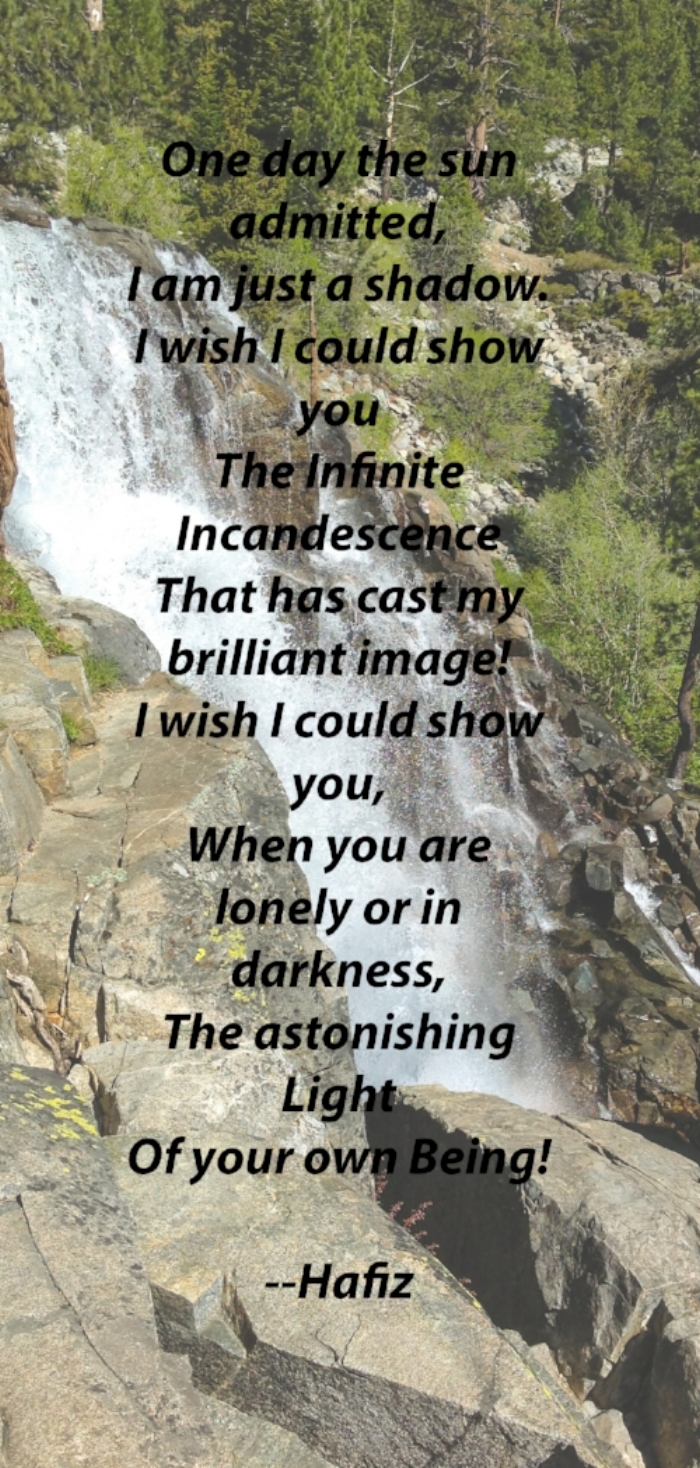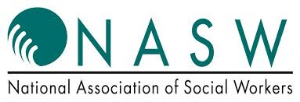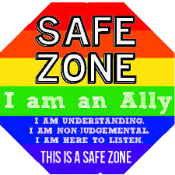Expressive Arts
When finding words seems almost impossible, the expressive arts give us a reprieve. Art helps us discover new ways to express ourselves, and in the process, transports us in our journeys to a greater sense of self-awareness, understanding and self-acceptance. By expressing ourselves through the arts, we often take our struggles from our "inner self" and set them into metaphorical symbols. These symbols emerge on canvas, paper, clay and various forms of mixed media.
Expressive arts example, charcoal painting
Individuals frequently experience the healing power of art. Guiding individuals of all ages on their creative journeys results in powerful healing benefits. People relax, gain self-esteem and regain identity through the simple act of creating. Emotions are expressed in a way that words can’t express.
Children, adolescents, adults, older adults, groups and families needing guidance all benefit from expressing themselves through art. The positive effects for individuals who choose to participate in creating are:
- A form of catharsis
- A gain in interpersonal knowledge
- A remedy against apathetic thoughts
- A sharing of thoughts and emotions unable to be expressed with words
- A dynamic sense of change
- A better self-image
- A sense of accomplishment
The purpose of therapeutic creation is for healing, never for critique. Materials and the most suitable indoor/outdoor settings for art-based activities are provided.
Children & Adolescents
For children, art is a natural form of play. Through art—and play—children learn how to control their environments, use their imaginations and creativity. The creative process allows them to safely explore possibilities. It also helps them form and find their identities.
Expressive Arts example, child's drawing
Everyone knows how hard it is to get children to sit and “talk.” Because we use both nature-based and expressive modalities, the most natural environment for communicating with children is provided. Playing outdoors or indoors with a sand tray, or simply painting pictures or coloring enables them to spontaneously and genuinely express their feelings.
Teenagers have a hard time expressing their feelings, and many refuse to see a therapist or counselor. Arts and nature provide excellent alternatives, especially when teens fear putting their emotions into words. Offering teens a nonthreatening and nonjudgmental way to express themselves also gives them an opportunity to express their individuality and find their identities. These services encourage teens to disengage from electronic devices and use their hearts, minds and hands to communicate.






